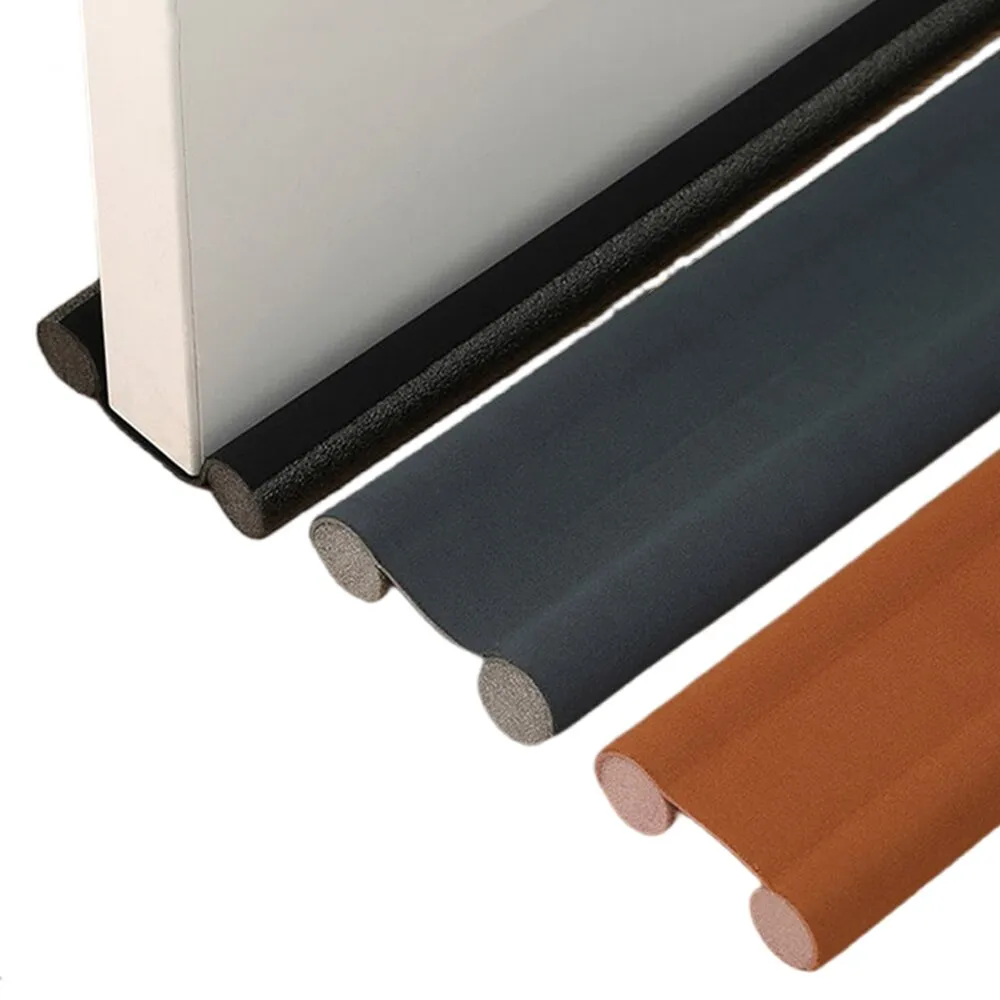drainage mat for retaining wall
Understanding the Importance of Drainage Mats for Retaining Walls
Retaining walls play a crucial role in managing soil erosion, controlling water runoff, and creating usable land in sloped areas. However, one of the significant challenges associated with retaining walls is the buildup of hydrostatic pressure, which can lead to structural damage or failure if not properly managed. One effective solution to this issue is the use of drainage mats.
What is a Drainage Mat?
A drainage mat is a specialized fabric or composite material designed to facilitate the movement and drainage of water away from retaining walls. Typically made from high-density polyethylene (HDPE) or other durable materials, these mats create a space that allows water to flow behind the wall, thereby alleviating pressure that could compromise the wall’s integrity. They are engineered to promote effective drainage while simultaneously providing support to the soil and other materials.
Benefits of Using Drainage Mats
1. Hydrostatic Pressure Reduction One of the primary benefits of drainage mats is their ability to reduce hydrostatic pressure. Water accumulation behind a retaining wall can create immense pressure, leading to structural issues. By directing this water away from the wall, drainage mats help maintain a balanced load and reduce the risk of failure.
2. Preventing Soil Erosion Drainage mats assist in preventing soil erosion by controlling the flow of water. When water is efficiently drained away, it minimizes the chance of soil washout behind the wall, ensuring that the structure remains stable and intact.
3. Moisture Control For landscaping and plant growth, moisture control is essential. Drainage mats can help manage the moisture levels in the soil behind retaining walls, ensuring that plants receive adequate water without saturating the soil, which can lead to root rot.
4. Ease of Installation Drainage mats are relatively easy to install, requiring less time and labor compared to more complex drainage systems. Their lightweight nature and flexibility make them suitable for various applications, simplifying the construction and reducing overall project costs.
drainage mat for retaining wall

5. Durability and Longevity High-quality drainage mats are designed to withstand environmental factors, including moisture, temperature fluctuations, and soil movement. This durability ensures that they will effectively manage drainage for many years, contributing to the longevity of the retaining wall system.
6. Versatility Drainage mats can be used in various settings, from residential landscapes to large commercial projects. They are suitable for different types of retaining walls, whether constructed from concrete, stone, or other materials, making them a versatile option for drainage solutions.
Installation Considerations
While drainage mats provide numerous benefits, proper installation is key to their effectiveness. Here are some considerations
- Site Assessment Before installation, assess the site’s drainage needs, soil type, and water flow patterns. This evaluation will help determine the appropriate type and size of the drainage mat required.
- Layering Typically, drainage mats are installed in conjunction with other drainage materials such as gravel or perforated pipes to enhance water flow. Proper layering ensures optimal performance.
- Maintenance Periodic checks may be necessary to ensure that the drainage system remains unobstructed. Clearing debris and ensuring that the drainage paths are not blocked is vital for long-term effectiveness.
Conclusion
In conclusion, drainage mats are an essential component of effective retaining wall systems. They address the challenges posed by water accumulation and hydrostatic pressure, ensuring the structural integrity of retaining walls while promoting soil stability and moisture control. For anyone involved in the construction or maintenance of retaining walls, understanding and utilizing drainage mats can provide lasting benefits and peace of mind. With proper installation and maintenance, these drainage mats can enhance the longevity and functionality of retaining walls, ultimately leading to safer and more durable structures.
-
Under Door Draught Stopper: Essential ProtectionNewsJul.31,2025
-
Garage Door Seal and Weatherstrips for ProtectionNewsJul.31,2025
-
Edge Banding Tape for Perfect EdgesNewsJul.31,2025
-
Table Corner Guards and Wall Corner ProtectorsNewsJul.31,2025
-
Stair Nose Edging Trim and Tile Stair SolutionsNewsJul.31,2025
-
Truck Bed Rubber Mats for Pickup BedsNewsJul.31,2025
-
Window Weather Stripping for Noise ReductionNewsJul.29,2025